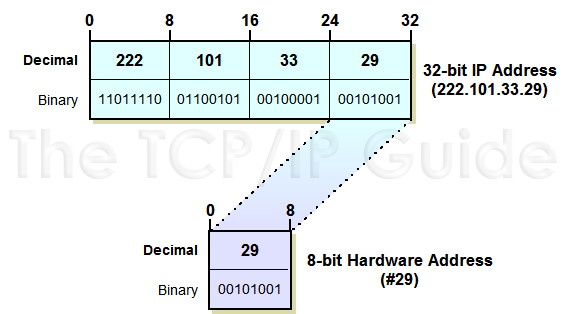 |
|
Please Whitelist This Site?
I know everyone hates ads. But please understand that I am providing premium content for free that takes hundreds of hours of time to research and write. I don't want to go to a pay-only model like some sites, but when more and more people block ads, I end up working for free. And I have a family to support, just like you. :)
If you like The TCP/IP Guide, please consider the download version. It's priced very economically and you can read all of it in a convenient format without ads.
If you want to use this site for free, I'd be grateful if you could add the site to the whitelist for Adblock. To do so, just open the Adblock menu and select "Disable on tcpipguide.com". Or go to the Tools menu and select "Adblock Plus Preferences...". Then click "Add Filter..." at the bottom, and add this string: "@@||tcpipguide.com^$document". Then just click OK.
Thanks for your understanding!
Sincerely, Charles Kozierok
Author and Publisher, The TCP/IP Guide
|
|
|

Custom Search
|
|
Address Resolution Through Direct Mapping
(Page 1 of 3)
Network layer addresses must be resolved into data link layer addresses numerous times during the travel of each datagram across an internetwork. We therefore want the process to be as simple and efficient as possible. The easiest method of accomplishing this is to do direct mapping between the two types of addresses.
The basic idea behind direct mapping is to choose a scheme for layer two and layer three addresses so that you can determine one from the other using a simple algorithm. This enables you to take the layer three address, and follow a short procedure to convert it into a layer two address. In essence, whenever you have the layer three address you already have the layer two address.
The simplest example of direct mapping would be if we used the same structure and semantics for both data link and network layer addresses. This is generally impractical, because the two types of addresses serve different purposes, and are therefore based on incompatible standards. However, we can still perform direct mapping if we have the flexibility of creating layer three addresses that are large enough to encode a complete data link layer address within them. Then, determining the layer two address is a simple matter of selecting a certain portion of the layer three address.
As an example, consider a simple LAN technology like ARCNet. It uses a short 8-bit data link layer address, with valid values of 1 to 255, which can be assigned by an administrator. We could easily set up an IP network on such a LAN by taking a class C (or /24) network and using the ARCNet data link layer as the last octet. So, if our network were, for example, 222.101.33.0/24, we could assign the device with ARCNet address #1 the IP address 222.101.33.1, the device with ARCNet address #29 would be 222.101.33.29 and so forth, as shown in Figure 45.
|
The appeal of this system is obvious. Conceptually, it is trivially simple to understand—to get the hardware address for a device, you just use the final eight bits of the IP address. It's also very simple to program devices to perform, and highly efficient, requiring no exchange of data on the network at all.
|
|
| |||||||||||||||||||
Home - Table Of Contents - Contact Us
The TCP/IP Guide (http://www.TCPIPGuide.com)
Version 3.0 - Version Date: September 20, 2005
© Copyright 2001-2005 Charles M. Kozierok. All Rights Reserved.
Not responsible for any loss resulting from the use of this site.








 Key Concept: When the layer two address is smaller than the layer three address, it is possible to define a direct mapping between them, so that the hardware address can be determined directly from the network layer address. This makes address resolution extremely simple, but reduces flexibility in how addresses are assigned.
Key Concept: When the layer two address is smaller than the layer three address, it is possible to define a direct mapping between them, so that the hardware address can be determined directly from the network layer address. This makes address resolution extremely simple, but reduces flexibility in how addresses are assigned.